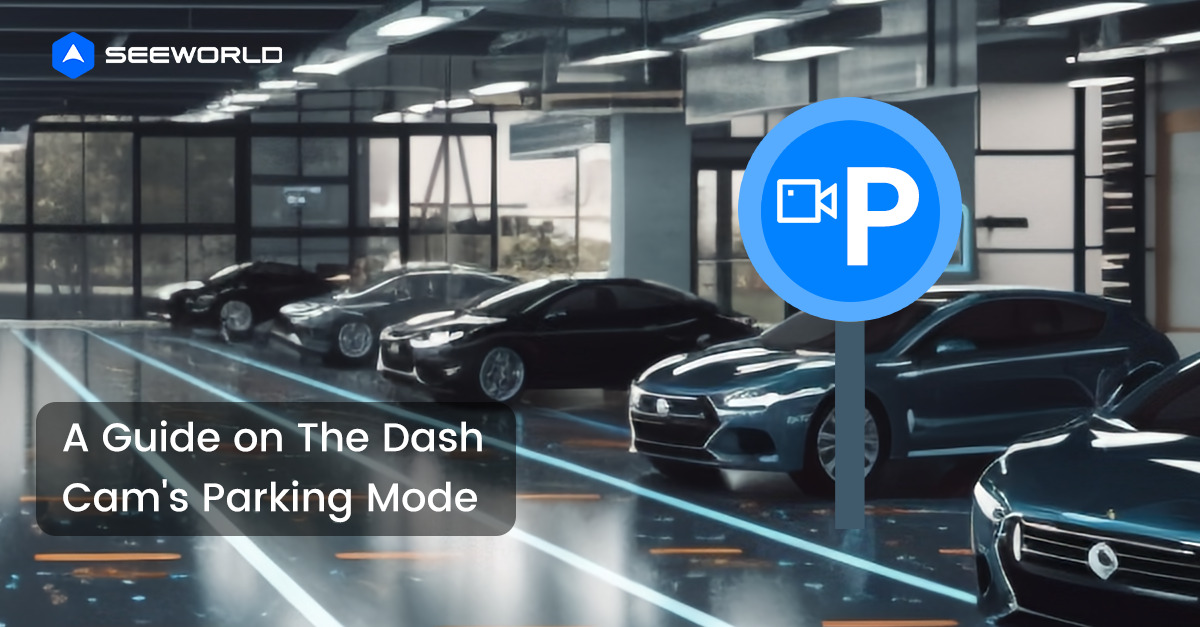INTRO
Roughly 26 million children in the United States utilize approximately 480,000 school buses for their daily commutes to and from school. The school bus network moves double the number of individuals per day compared to the collective total of all other modes of transportation. Nonetheless, the existing security measures are limited, and the majority of safety protocols heavily rely on human involvement.
In recent years, there have been unfortunate cases of students being left unattended inside school buses for extended periods. Additionally, there has been an increase in incidents such as bus accidents and child abductions. To address these concerns and ensure the safety of children, it is important to establish a strong system that offers continuous tracking for the large number of students who commute to and from school daily.
Acknowledging the necessity for enhanced safety measures, numerous governmental bodies now mandate the installation of GPS trackers in school buses. These GPS car trackers possess the capability to seamlessly incorporate a range of wired and wireless accessories, facilitating real-time data detection and upload. This reassuringly keeps both the school authorities and parents informed about the well-being of the children and significantly bolsters student safety during their journeys.
Challenge
Ensuring student accountability on the bus requires the fulfillment of two criteria. Firstly, an accurate, real-time recording and reporting of the precise number of students present on board is essential, accommodating both embarkations and disembarkations en route. Secondly, individual identification of each student is necessary to prevent inadvertent transmission of location information to incorrect parents and to enable prompt notification to the driver in instances where a student misses their designated stop.
Although numerous experts and companies have put forth facial recognition systems as a potential remedy, the general populace retains a sense of doubt regarding this approach due to its perceived intricacies in terms of data input and apprehensions about data privacy. Moreover, the efficacy of this solution has demonstrated limitations, particularly when students are wearing face masks, a circumstance that has become prevalent during the ongoing pandemic.
Solutions
GPS trackers play a crucial role in safeguarding school buses by providing real-time tracking and monitoring capabilities. Here’s how you can enjoy the benefits of GPS tracking to ensure the safety of school buses:
Real-Time Location Tracking
GPS trackers allow school administrators and parents to monitor the real-time location of school buses. This information ensures that parents and school staff know where the buses are at all times, which is especially important during pick-up and drop-off times.
Route Monitoring
GPS trackers can show the exact routes taken by school buses. This helps ensure that drivers are following the designated routes and not deviating from the planned path. It also allows for route optimization to minimize travel time and fuel consumption.
Speed Monitoring
GPS trackers can monitor the speed of school buses. If a driver exceeds the speed limit, both school administrators and parents can be alerted. Monitoring speeds helps prevent accidents and encourages safe driving practices.
Emergency Response
In the event of an emergency, GPS trackers can provide crucial information about the bus’s location. This information helps emergency responders locate the bus quickly and provide assistance if needed.
Driver Behavior Monitoring
Some GPS trackers can monitor driver behavior, such as harsh braking, rapid acceleration, and sharp turns. This information can be used to coach drivers and promote safer driving practices.
Maintenance Monitoring
GPS trackers can also be integrated with vehicle diagnostics to monitor the health of the bus. This feature helps ensure that buses receive timely maintenance, reducing the likelihood of breakdowns that could put students at risk.
Parent Communication
Many GPS tracking systems offer parent portals or mobile apps that allow parents to track their children’s buses in real time. This gives parents peace of mind and helps them plan accordingly for pick-ups and drop-offs.
Data Logging
GPS trackers often log historical data, which can be useful for reviewing past routes, locations, and events. This information can be invaluable for investigating incidents or addressing concerns.
Overall, GPS trackers enhance the safety and security of school buses by providing continuous monitoring, alerts, and data that allow for proactive management of routes, driver behavior, and emergencies. This technology helps ensure that students are transported to and from school in the safest possible manner.
WHY SEEWORLD?
SEEWORLD is a global dynamic IOT location service provider.
It always focuses on LBS, CMP, OTA, and industry SaaS integrated cloud services to provide customers with a comprehensive, one-stop global dynamic IoT location services total solution to fully facilitate the digital transformation of traditional industries and SEEWORLD ecological synergy.
Its business reaches auto finance, two-wheeled electric vehicles, new energy vehicles, smart delivery and logistics, smart sanitation, car rental, smart campus, and other parts of the vehicle’s telematics.
So far, our business covers more than 170 countries and regions in Asia-Pacific, America, Europe, Middle East and Africa, and has exported more than 10 million sets of equipment.





